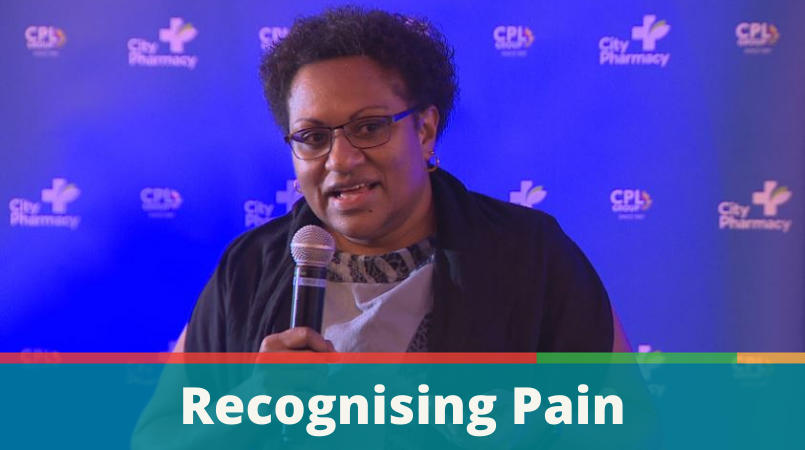
Pain is a sensory as well as emotional distress experienced by a patient and it occurs when you have potential tissue damage or at least some tissue damage.
This is the explanation of pain delivered by Dr. Kemo Temo, Consultant Anesthetician Port Moresby General Hospital.
Dr. Temo was speaking at the CPL sponsored national Pain Week celebration dinner function held in collaboration with PNG Women Doctors Association at the Lamana Hotel in Port Moresby recently.
Dr. Temo who is the Consultant Anaesthetic at the PMGH was one of the guest speakers at the gathering held on Wednesday 8th September to commemorate the National pain week.
“Pain is also a symptom that most of the patients present with and pain also is what the patient say it is. You should not assume like, ‘oh the patient looks like he’s in pain or he’s not in pain, but if a patient tells you that he or she is in pain then they are in pain.”
Dr. Temo further said that a lot of pain is undertreated because of a lot of myths and superstition around pain.
So how can you manage pain? Looking at this picture you can see a rat. And rats are very irritating if they are not managed well. And so is pain, if pain is not managed well it can interfere with your life and it can become very irritating.
Dr. Kemo put out three main principles of how to manage pain. First is to recognize that someone is in pain, assess the pain to gauze the severity of it and to treat the pain accordingly.”
“In order for you to recognise pain, you can look at their facial expression for example, some children are very good because their faces will tell you they are in pain. They might have some physical changes for example if someone who sleeps in a certain way is now curled up in a different way and doesn’t want to move or they might even have a behavioral changes.” Said Dr. Kemo.
She went on to describe the types of pain people experience in two categories; the acute pain and the chronic pain.
“Most of the time the pain can be classed according to the onset of the pain, and the duration of the pain. Take for example when someone has acute pain is when it’s a sudden onset and it goes away whenever the cause of the pain goes away, and it lasts less than 6 months. Chronic pain is a persistent pain that lasts more than 6 months and it stays on despite whatever the cause activation is, that is gone.” She added.
CPL as one of the main distributors of pain relievers took part in the event under its vision of serving people of PNG to live healthy lives. Different varieties of pain relievers also were discussed in a presentation during the National Pain Week dinner function.
